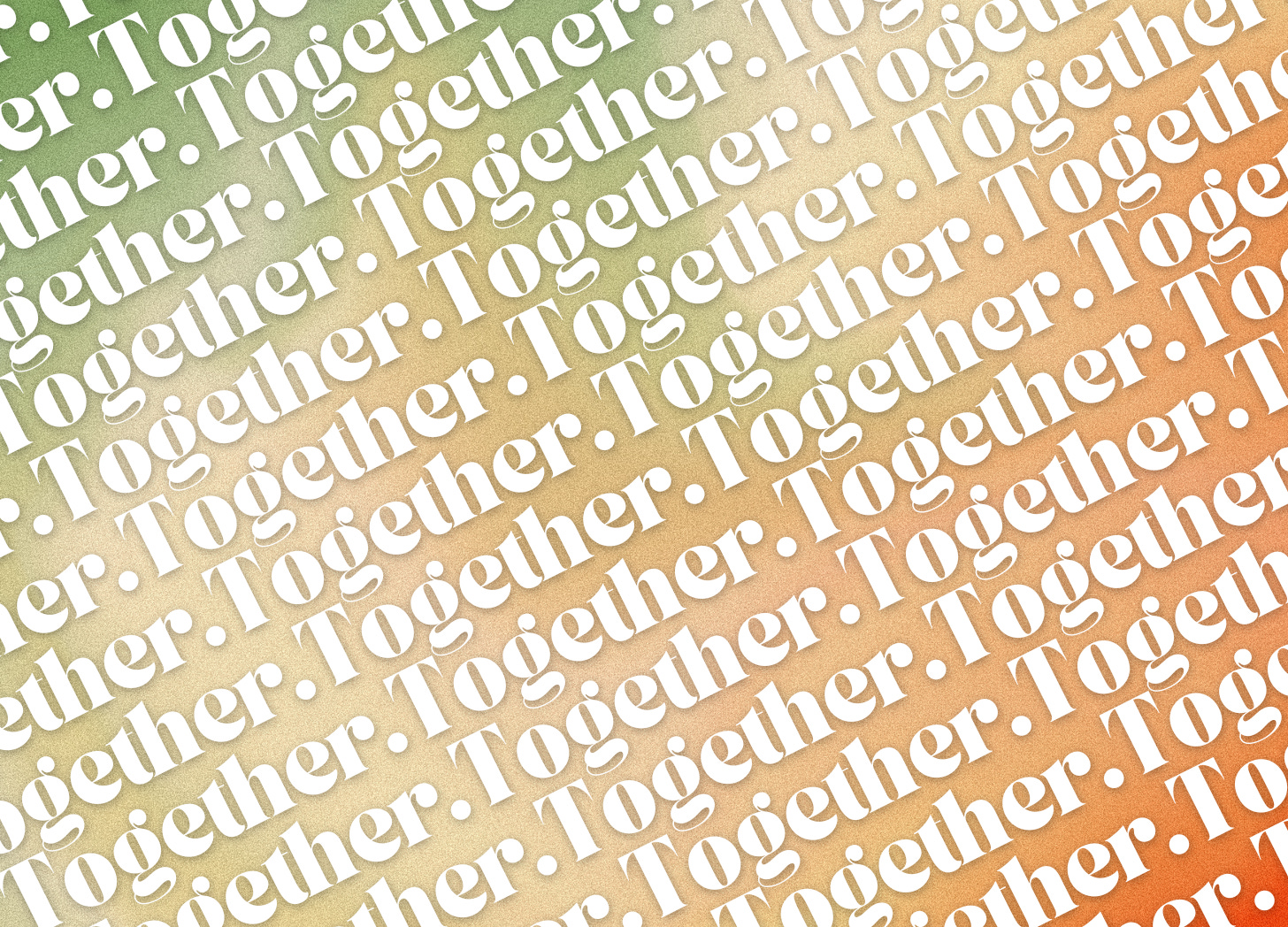"You saw me when I was broken, but you treated me like I was whole."
From Colleen Kinder's Letter to a Stranger: Essays to the Ones Who Haunt Us.
Philosophers, Researchers, and Theorists have worked to understand humanity as early as language has allowed. Hell, the field of anthropology is quite literally the scientific study of humankind; the greek word anthrōpos means "Human." With this in mind, there are countless articles, novels, and books tackling the question, "what does it mean to be human?" While I don't feel like I have the time nor want to waste yours with some in-depth scientific analysis and research document about the buddings of homo-sapiens in the early Miocene, their eventually killing out of all other species of homo and the millennia worth of information about our development. I want to spend this week's newsletter talking about one of my favorite anthropological stories (I promise it is way more interesting than it sounds) and something I share with many of the students I work with when they ask about my love and faith in humanity and our ability to do good when we make a conscious effort towards it. Remembering this story was prompted from reading the above section of Colleen Kinder's book Letter to a Stranger: Essays to the ones who haunt us, "You saw me when I was broken, but you treated me like I was whole." I first heard this story from my friend and mentor, Houston Kraft, as we both now work to find better ways to connect people because community is where we begin.
Margaret Mead was an American Cultural Anthropologist and researcher at Columbia University; her work helped shape and craft our modern understanding of gender and identity, with much of her research revolving around how our most innate principles were crafted to make up the societies in which we live in today. A common anecdote of Mead's legacy was a conversation she had with a lecture student in the 1960s.1 A fellow pursuer of anthropological knowledge, the student asked Mead, "At what point do we see the beginnings of human civilization?" Surely this professor, with years and years of field experience and research articles, would say something along the lines of the first evidence of a crafted bowls? Arrowheads? Religious Artifacts? Mead, with calm efficiency, replied…
"Healed Femurs."
Healed Femurs? Okay, quick anatomy lesson, your femur is the bone that connects your hip to your knee. It is also the largest and strongest bone in your body and takes nearly 900lb-ft of force to be able to snap. Needless to say, it's pretty hard to break, but it is also incredibly crucial to be able to walk (as in, it's impossible to walk without it). So why would Mead say a healed femur is the start of human civilization? Because out of all of our major differences from the rest of the animal kingdom, the fact that we would go back to help and mend a person's broken bone is the thing that makes us unique. In the rest of the animal kingdom, a broken leg is typically a death sentence; you wouldn't survive long enough for the bone to heal. Evidence of healed femurs meant that someone took the time and cared to protect and watch over someone as they recovered. This was the beginning; this is where we started.
The beauty of humanity is that we are not in this alone. The very thing that makes us human is the fact that we feel, that we emphasize, that we can see others, and that others see us. But even with this, as a society, we work really hard to make ourselves isolated from others. We work tirelessly to find out the ways we are different from anyone we meet. How our cultures, our image, our stance in society, and our backgrounds are different from each and every person we meet. With this week's newsletter, I want to present a challenge to you, my fearless readers, and vulnerable humans. In the conversations, you have this week, actively work to see how you are similar to a stranger you meet rather than how you are different. Find the ways in which you can say, "I see you, and I feel with you" This doesn't have to be profound findings; it could be as simple as "we both are college students, and we are tired, just so tired." But hopefully, at the end of this experiment, you will be able to walk away with a sigh of relief and say,
"I am glad I'm not alone in this. I'm glad we will heal together."
Sent with love and healed femurs,
Donovan A. Beck
Quick note: over the years, this story has been accredited to different anthropologists and recounted with a variation in details. I am telling this story in how I remember it and have told it to others.




